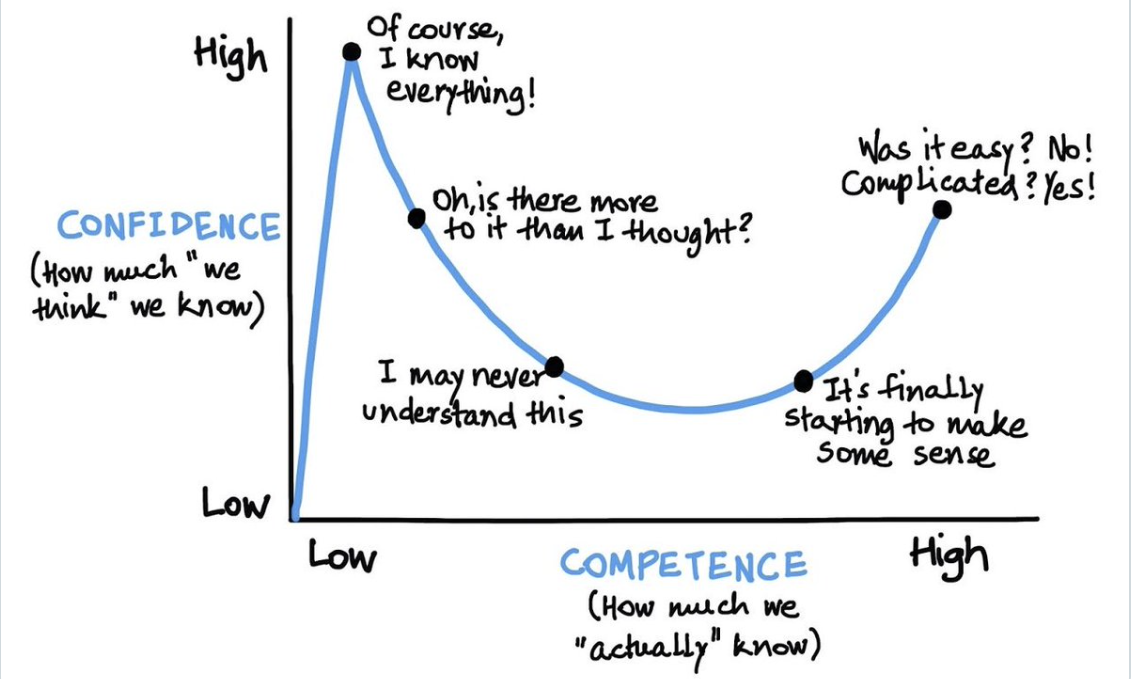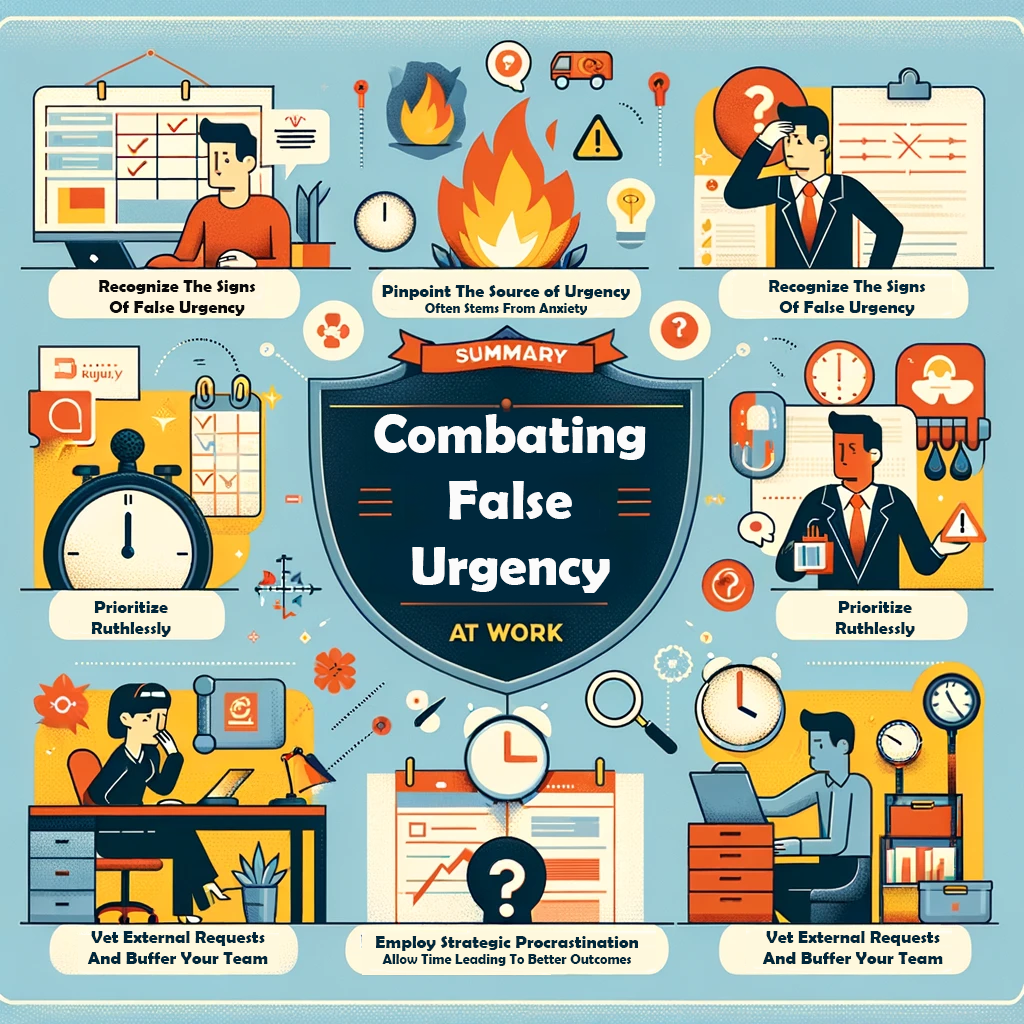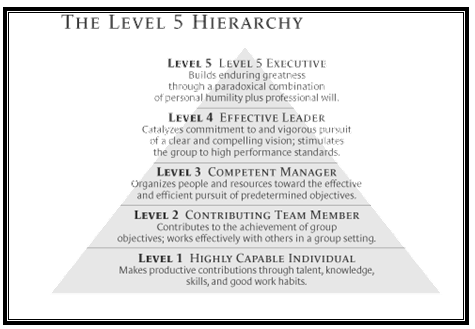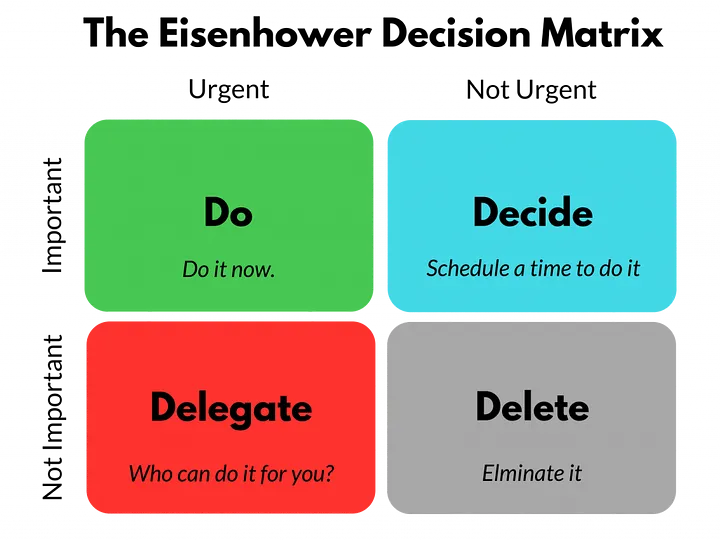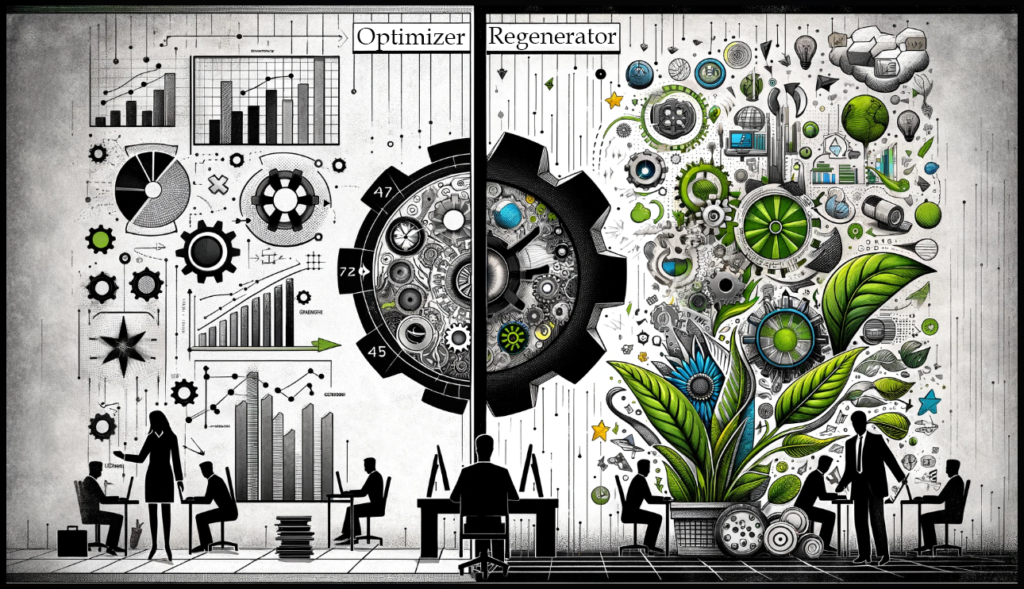
Over the past handful of months I’ve been working daily with various GenAI models. Here is what I believe each excels at right now:
– ChatGPT: Exceptional at generating human-like text, engaging conversation starters, and answering questions. Its wit and conversational tone make it perfect for social media content, chatbots, and customer service.
– CoPilot: A fantastic coding buddy that excels at code completion, debugging, and transforming the way we write code. Its syntax error-fighting skills and code optimization capabilities make it a must-have for developers.
– Meta AI: Impressive context understanding and real-time image/video generation capabilities make it a powerhouse. Its ability to analyze complex data and generate stunning visuals makes it perfect for data analysis, research, and creative projects.
– Gemini: Analytical and reasoning abilities shine in multi-modal input situations. Its expertise in refining search results and uncovering hidden insights makes it a valuable tool for researchers, analysts, and problem-solvers.
– Perplexity: Skilled at handling complex queries and offering deep dives into specific topics. Its expertise in providing refined answers and insights makes it perfect for knowledge seekers, students, and professionals looking to expand their expertise.
Each model certainly has its own unique strengths. By knowing which model to use for a specific task, we can streamline our workflow, increase productivity, and achieve better results.
Which of these AI models are you using regularly? What have you found works best for specific actions or tasks?
#AI #GenerativeAI #TechCommunity #Innovation #ChatGPT #CoPilot #MetaAI #Gemini #Perplexity

